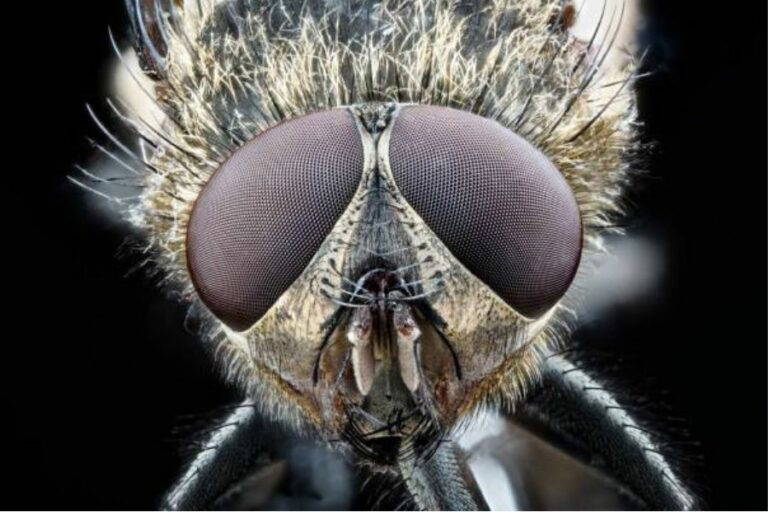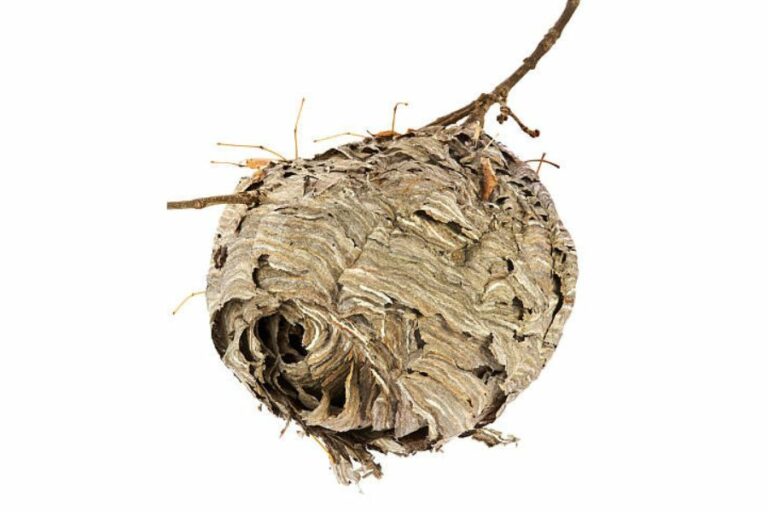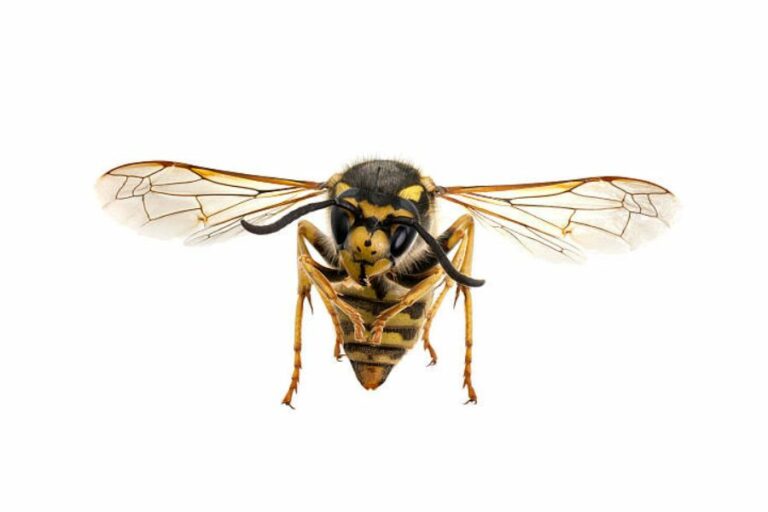All Cockroach Facts
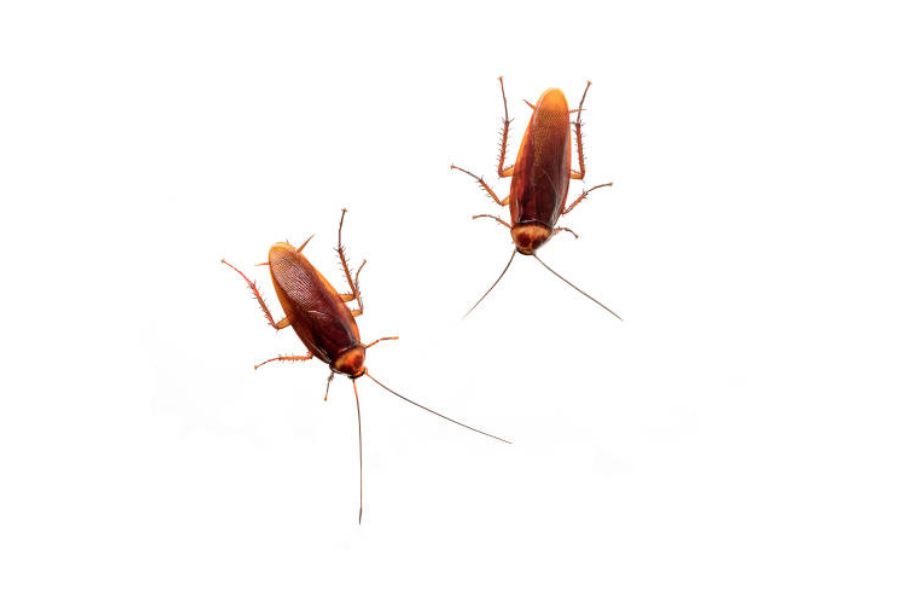
Cockroach Facts: Unveiling the Truth about These Persistent Pests
Unveil fascinating cockroach facts in our informative blog. Explore their behaviour, habits, and effective pest control methods to keep them away. Delve into the hidden world of these persistent pests.
How to identify different types of cockroaches?
Different types of cockroaches can be identified based on their physical characteristics. Common indicators include their size, colour, and specific markings on their body. For example, German cockroaches are small, light brown or tan in colour, with two dark stripes on their pronotum. American cockroaches are larger, reddish-brown, and have a distinctive yellowish figure-eight pattern on their back. Oriental cockroaches are dark brown or black and have a shiny appearance. By observing these features and comparing them to reliable identification resources, you can determine the specific type of cockroach present.
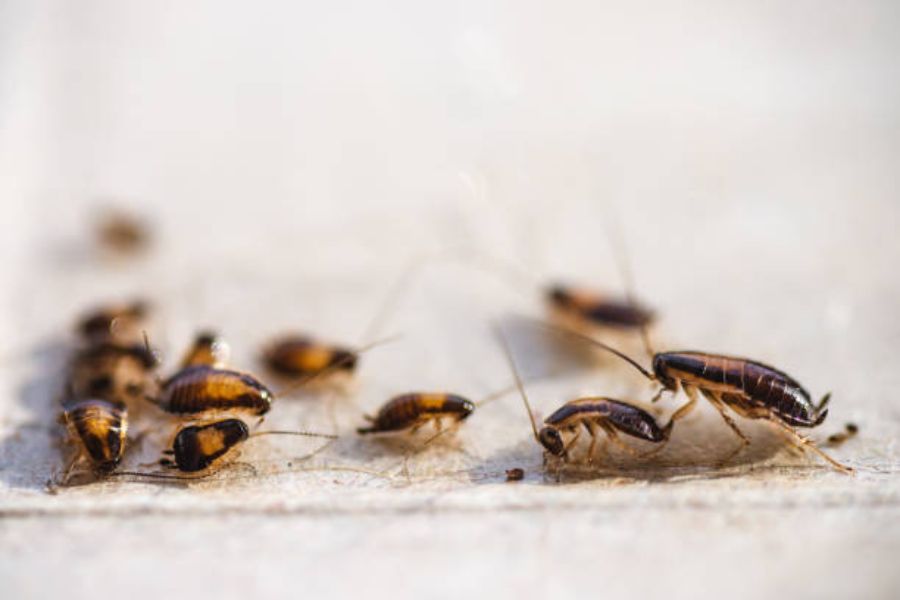
Are cockroaches a problem in the UK?
Yes, cockroaches can be a problem in the UK, although the severity and prevalence of infestations may vary depending on the specific location and conditions. While not as common as some other pests, cockroaches can still be found in urban areas, particularly in densely populated cities. They can enter homes, businesses, and other buildings through various means, including cracks, vents, and plumbing lines. Cockroach infestations can pose health risks and be challenging to eradicate without proper pest control measures. It is crucial to address cockroach issues promptly to prevent their population from spreading and to maintain a clean and healthy environment.
What diseases do cockroaches carry?
Cockroaches are known to carry and potentially transmit various pathogens and disease-causing organisms. While they are not direct vectors like mosquitoes or ticks, they can indirectly contaminate surfaces and food with their saliva, droppings, and shed skin. Cockroaches have been associated with the spread of bacteria such as Salmonella and E. coli, which can lead to food poisoning and gastrointestinal illnesses in humans. Additionally, their presence can trigger allergies and exacerbate asthma symptoms in individuals sensitive to cockroach allergens. Proper sanitation, hygiene practices, and prompt eradication of cockroach infestations are essential to minimise the risk of disease transmission.
How do cockroaches reproduce?
Cockroaches have a unique reproductive process. Most species of cockroaches reproduce sexually, with males and females mating to produce offspring. Female cockroaches lay eggs in protective cases called oothecae, which contain multiple eggs. These oothecae are typically hidden in secluded areas and can be carried by the female or glued to surfaces. After incubation, the eggs hatch, and young nymphs emerge. Nymphs go through moults, shedding their exoskeletons as they grow into adults. The time it takes for a cockroach to complete its life cycle varies depending on the species and environmental factors.
Are cockroaches more prevalent in urban areas or rural areas?
Cockroaches can be found in urban and rural areas but are generally more prevalent in urban environments. Urban areas provide cockroaches with abundant food sources, shelter, and favourable conditions for survival. Factors such as the availability of food waste, crowded living conditions, and complex building structures in urban areas can contribute to higher cockroach populations. However, cockroaches can also be found in rural areas, particularly in locations with suitable habitats and access to food and water. Regardless of the location, it is vital to implement effective pest control measures to prevent and manage cockroach infestations.
Can cockroaches cause property damage?
Yes, cockroaches can cause property damage. While they are not known for causing structural damage like termites, they can still harm certain materials. Cockroaches have a strong chewing ability and may nibble on organic materials such as paper, cardboard, fabrics, and plastics. They may also leave behind stains, odours, and faecal matter that can be difficult to remove from surfaces. Additionally, their presence can negatively impact the reputation of businesses, especially those in the food industry. Therefore, promptly addressing cockroach infestations is crucial to prevent potential property damage.
How do cockroaches adapt and survive in different environments?
Cockroaches are highly adaptable and have developed unique survival mechanisms. They can thrive in various environments, from tropical to temperate regions. Cockroaches can withstand harsh conditions such as extreme temperatures, limited food and water resources, and exposure to multiple chemicals. They are excellent at finding shelter in cracks, crevices, and other hidden areas, allowing them to evade predators and adverse environmental conditions. Cockroaches can also adapt their feeding habits and dietary preferences to survive on various food sources. These adaptive traits contribute to their ability to survive and reproduce in diverse environments.
What are the potential health risks associated with cockroach allergens?
Cockroach allergens can pose significant health risks, particularly for individuals with allergies or asthma. Cockroach droppings, shed skin, saliva, and decomposing bodies contain allergenic proteins that can become airborne and trigger allergic reactions. Symptoms may include respiratory issues, such as coughing, wheezing, nasal congestion, and skin rashes. Prolonged exposure to cockroach allergens can worsen asthma symptoms and increase the risk of asthma attacks. Additionally, cockroaches can spread bacteria, pathogens, and parasites that may lead to diseases. Maintaining proper hygiene, promptly addressing cockroach infestations, and minimising exposure to allergens is essential to mitigate potential health risks.
Can cockroaches transmit diseases to pets?
Yes, cockroaches can potentially transmit diseases to pets. Cockroaches carry various pathogens, including bacteria, viruses, and parasites, on their bodies. When pets come into contact with contaminated surfaces, food, or water contaminated by cockroach droppings, saliva, or shed skin, there is a risk of disease transmission. For example, cockroaches have been associated with the spread of bacteria like Salmonella and E. coli, which can cause gastrointestinal illnesses in pets. It is essential to keep living areas clean, store pet food properly, and promptly address any cockroach infestations to minimise the risk of disease transmission to pets.
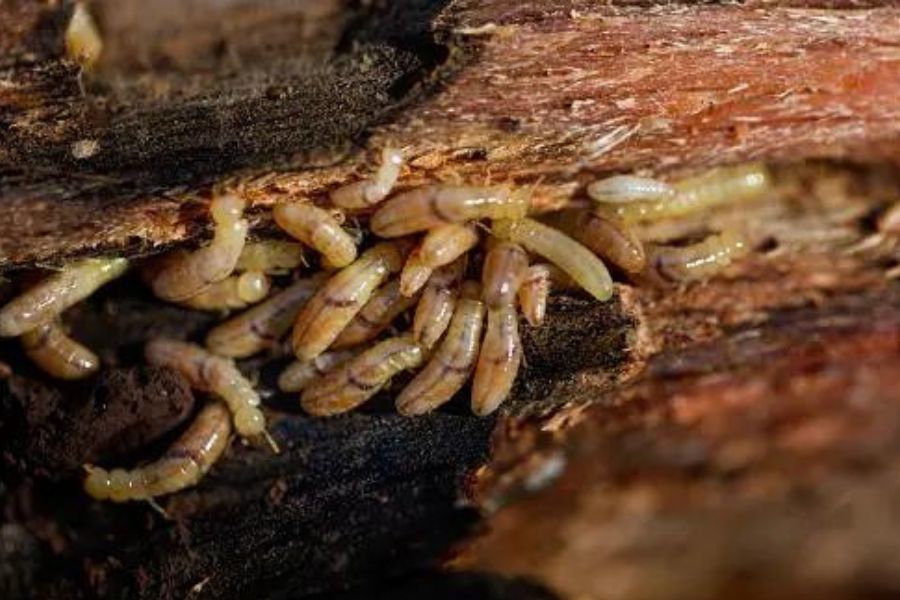
What measures can be taken to prevent cockroaches in commercial establishments?
Preventing cockroach infestations in commercial establishments requires a multi-faceted approach. Some practical measures to consider include the following:
- Implementing strict sanitation practices: Regularly clean and sanitise the premises, paying particular attention to areas where food is stored, prepared, and served. Eliminate food and water sources that may attract cockroaches.
- Sealing entry points: Identify and fill any cracks, crevices, gaps, or openings through which cockroaches can enter the establishment. This includes ensuring proper sealing around windows, doors, utility penetrations, and plumbing.
- Regular inspections: Conduct regular inspections to identify signs of cockroach activity, such as droppings, eggs, or live cockroaches. Early detection allows for prompt action.
- Monitoring and trapping: Use cockroach monitoring devices, such as sticky traps, to monitor activity and identify areas of high infestation risk.
- Professional pest control: Establish a partnership with a reputable pest control service specialising in commercial establishments. They can develop a tailored pest management plan and provide regular inspections, treatments, and monitoring to keep cockroach populations under control.
- Staff education: Train employees on proper sanitation practices, cockroach identification, and reporting procedures to ensure everyone is involved in preventing and addressing cockroach issues.
By implementing these preventive measures, commercial establishments can significantly reduce the risk of cockroach infestations and maintain a clean and safe environment for employees and customers.
What do cockroaches eat?
Cockroaches are opportunistic omnivores, meaning they eat various organic matter. They consume different types of food, including plant material, meats, decaying organic matter, and even non-food items like glue or paper. They are attracted to food sources such as crumbs, grease, and leftover food scraps. Cockroaches are also known to feed on pet food and organic waste. Their adaptable diet allows them to survive in diverse environments, making it crucial to maintain proper sanitation and food storage practices to minimise their access to food sources.
How long do cockroaches live?
The lifespan of cockroaches varies depending on the species and environmental conditions. On average, most cockroach species have a lifespan of around six months to a year. However, some cockroach species can live up to two or three years under ideal conditions with access to food, water, and shelter. Factors like temperature, availability of resources, and the individual cockroach’s age and health can influence their lifespan. It is crucial to address cockroach infestations promptly, as their ability to reproduce quickly can lead to population growth and prolonged presence if left unchecked.
Can cockroaches fly?
Yes, some species of cockroaches can fly. However, not all cockroaches can fly. Those with wings that can fly typically use their wings to glide or travel short distances. For instance, German cockroaches, common household pests, cannot fly. On the other hand, species like American and Oriental cockroaches have wings and can fly short distances if necessary. Flying ability can vary among different cockroach species, so it is essential to be aware of the specific characteristics of the species in your environment.
Are cockroaches nocturnal?
Yes, cockroaches are primarily nocturnal creatures. They are most active at night and prefer to hide in dark, undisturbed areas during the day. Cockroaches are well-adapted to nocturnal behaviour, which allows them to avoid light and potential predators. Their preference for darkness facilitates their search for food and water without being easily detected. This is why sightings of cockroaches are more common in the evening or night-time hours, particularly in areas where they have established infestations.


